|
.I’ve not been snowboarding for 27 years but a snowboarder got me thinking. The last time I had the pleasure of sliding down a mountain was 1995, and a student loan was well spent, in fact the previous year's trip to Chamonix was well spent too, and the one before that. It was during the rise of snowboarding and this new breed of mountain user certainly had an impact on the purity of skiing. I think it was the baggy clothes, the plaid shirts, big beanies, MX goggles, the music, and that need to be in the air most of the time, that probably got the skiers back up as they gracefully carved down the piste, whilst the off piste skiers and snowboarders were loving life in the backcountry. When surfing took over, and bikes came back into my life, snowboarding was sadly cast aside for the search of waves and the radness of dirt, yet I’ve never lost track of snowboarding, and have always been stoked on the freeriding aspect of the sport, but unfortunately couldn’t then, and still can’t today, afford to do everything, you can’t get student loans when you’ve left college.
Recently I heard legendary snowboarder and activist Jeremy Jones coin the phrase ‘Nature Hit’, referring to the need to just get out in Nature whenever, and however we can. It’s important we define what that means to us individually because some go on massive multi-year adventures, explore the jungles or rivers of the world, the mountain ranges, the oceans, some put their lives on the line pursuing their dreams, whilst others are content to simply step outside the door, walk the dog, mow the lawn, or build a sand castle with their kids on a local beach. I implore you to watch Beau Miles on Youtube, an Outdoor Adventure Lecturer in Australia. He’s canoed thousands of miles, ran mountain ranges, and traveled the world in search of adventure, but now finds his most precious time on his farmstead in Victoria, running locally and creating these smaller projects. Beau Miles is a fascinating chap and I’ll put one of his videos below called ‘Run the Line’. As Covid took a grip on the world in 2020, globally, Nature Hits have been based within a local parameter, and as restrictions had an impact on us all many had to learn how to enjoy their local radius. Yet it was not Covid that taught me to enjoy my local area, it was probably my Dad, or my friends growing up, the sports I chose to follow. I believe we all know how to enjoy our local areas, but encouraging people to go and find a green space or a river, a lake to swim, a cycle track or inner city garden; that's the problem sometimes I can have so much fun two feet from my back door where we built a skate ramp in our small garden for us all to enjoy. Occasionally we’ll go further afield and into the local woodland like my previous post, and set up camp for the day, or a gravity-fuelled bike ride at a bike park in North Cornwall or Wales, but mostly I ride on my local hill, the first and last hill in Britan. Endurance type rides can see me ride 50 miles but not be further that 10 miles from home, but with huge amounts of climbing so it feels like you’ve ridden further. Whether a ride, a cold water swim, or a surf, these activities all meet my essential need to get outside and get that ‘Nature Hit’ and it’s important we all do. But why do we need them? In my post ‘Thumbsticks and Moors’ I mention walking with a smile on my face and I’m sure many who read this do too. Whilst previously working for a charity with Military Veterans we had a saying ‘Smiles on Faces’. Two hours of Surfing therapy gave troubled minds an escape and enough ocean energy to just forget the mental troubles for a while. The ‘Spiritual Rinse’ as I once heard it called, results in a smile, and this is the least we can expect if we expect nothing else back from the outdoors. Is it an addiction that needs feeding? Is the daily dog walk just for the dog, or just as important for your well being too? I’d say the latter is just as beneficial. Is a bouldering session about technique and progression or do climbers also think about having contact with that rock surface, that source of nature? The surf I had last weekend, the one wave where I just relaxed and brushed the wave with my hand as I rode along in simple trim, and it might sound cheesy and all ‘Point Break,’ but touching the source and that energy that has traveled thousands of miles to the shorelines of our coasts, well I finished that wave with a massive smile and full of stoke. The bike ride where you just look over the hedges, or sit on top of your favorite hill, find an old thatched cottage or have a coffee next to the waters edge, and just take time to breathe; these can be some of the best Hits you'll get. However we find it, whatever we do to achieve it, how far we travel to gain it, a Nature Hit is vital to our own well-being. Have a think about yours. Take a moment when you’re next out and reflect on your version of a Nature Hit, and if it makes you smile then it’s working. Photo 1: @warbey Photo 2: @izzy_henshall
0 Comments
Ray Mears once said ‘that every person should learn some survival skills, you never know what might happen’, or something like that. You never know what might happen…Pandemic for instance. When Covid happened, myself and my son took ourselves to the woods and I passed on some basic bushcraft skills. When I previously delivered empowerment programmes to long term unemployed and veterans, I met some amazing woodland instructors and as they taught our participants, I also picked up the basics along the way, from knife handling, fire lighting, whittling and shelter building. During lockdown we worked on these, built our own little ‘Covid-Free’ den, cooked campfire doughnuts and quietly developed our knowledge a little further. Though still a rank amateur, bushcraft is such an enjoyable way to spend a day in the woods, it’s pretty good for gaining those all important mindfulness points too and a perfect way to get your kids outdoors and breathing fresh air.
Last weekend we stayed local, within a five mile radius and went to our local Woods of St Loy, where we have a particular spot that is just perfect to set up camp. As part of my sons Duke of Edinburgh (DofE) Bronze Award he has decided to concentrate on the Skills element of the award progressing his bushcraft. We packed our kit that included the trusty Kelly Kettle, our freshly sharpened knives, tarp, some dry ingredients for Bannock, water, tea bags, a little sugar, and some dry kindling, because the day before we had a pretty bad storm pass through the Wild West and finding dry wood would be an all day affair, so we cheated on this one. You might have guessed already but the activities I pursue take me outdoors, and although woodland is a place I love to spend time, here in West Cornwall it’s pretty scarce. There are a couple of beauties like Trevaylor Woods, near Penzance, but on the whole we live in a pretty baron, but striking landscape, surrounded mostly by ocean and agricultural farmland. St Loy is our go to spot for a regular dog walk during a gale as it’s so sheltered, and the trail is a great walk or run down to the water's edge, and it's stunning at any time of the year, especially when the bluebells are out. If you do visit, please leave it as you find it, this place is precious to everyone living here. All woodland has that special energy, maybe a little different to that monoculture type of forestry, although still enjoyable, yet that feeling of being in a true native woodland, is much like the ocean both feel,and are more powerful than our tiny selves, and both always lead to a high level of stoke, and I'm always keen to return to both. Part of developing my son's skills involves sharp knives and yes, kids and knives are always a hot topic in today's climate, but the two worlds of knife crime and bushcraft are so far apart. All kids want a penknife after all. This need leads to wanting a sheath knife, and I reckon it’s a rite of passage for any young lad who uses them for the right reason. When it was my lads to time he chose a Gerber, because it was a more military and tactical looking, and he is a teenager after all. My knife was a little gift to myself. The handle is shaped from 5000 year old Peat Oak, by Dartmoor Wild Crafts, and the blade altered to my requirements. A thing of beauty, and jealousy where my son is concerned. I only mention knives as whilst chatting to my good friend Alex Woodhouse, a Bushcraft Instructor and owner of ‘Wild About Cornwall’, he was talking of dexterity, and motor skills, often missing or becoming scarce in today's school curriculum and we often have the discusscion about the stigma attached to knives, and yet once you find yourself entangled in woodcraft, a fine knife is like going down a rabbit hole, the choices, the uses, and varieties endless. Alex is going to assess my son's skills as they develop, from cutting fine kindling and making feather sticks, tent pegs and whittling, so please keep an eye on here as we’ll be spending some time with Alex this Spring . The Kelly Kettle was one of those purchases that just makes sense. You wouldnt want to take it backpacking or bikepacking, it’s a pretty big piece of kit, but for a day out in the woods or a full on camping trip, they're fun and provide that opportunity to use your fire lighting skills, other than a box of matches or a lighter. I was pretty stoked to get this going using my steel and striker, some ‘Fat Wood’ (which is resin laden wood, commonly found in Evergreen trees like Pine), some well prepared fine kindling from Jago and one large King Alfred Cake. These are the black fungus that can be found growing on Beech or Ash, or decaying wood, and look like lumps of charcoal stuck to a tree. By getting a good spark onto the Cake, they are great fire starters when combined with your fine kindling and a few good lungs of air, no lighter needed. I always carry a good supply of these and take a mental note of where a good crop can be gathered and then dried. The origins of the King Alfred Cake is better explained by the Woodland Trust… King Alfred lived in the 9th century when parts of Britain had been overrun by Vikings. Trying to escape them, he took refuge in the home of a peasant woman who asked him to watch over her cakes, baking by the fire. He let them burn and was scolded by the woman for his negligence. It is said that embarrassed and ashamed, he scattered the cakes to get rid of the evidence. As the fungus looks like small, burnt cakes, especially as they get older, the name King Alfred’s cakes went into common use. https://www.woodlandtrust.org.uk/trees-woods-and-wildlife/fungi-and-lichens/king-alfreds-cakes/ So after patting myself on the back for getting the Kelly Kettle all fired up we then sat back and enjoyed our first cup of tea and prepared some Bannock which is a type of Flat Bread or Scone, a process passed onto me by Alex Woodhouse, and recommended adding sugar and fruit to make them a little sweeter. They apparently date way back to the 8th Century with origins in the North of England, Scotland and Ireland. Cooked over a medium heat, (not a raging fire), they cook well and when covered in honey, will keep a teenage son happy and full for hours. Washed down with a sweet black tea, full on Bannock, with our backs up against our favorite tree, in our favorite spot next to a running stream, I would suggest that learning a few bushcraft skills, whittling some wood, lighting a fire, and enjoying the sounds of the woodland, ranks highly on my list of favorite pastimes and dare I say would yours too. In terms of health and well-being I've seen the positive results of days like this on people with low self-esteem, confidence issues, and can say that the outcome of a day in the woodland, doing exactly what we did last weekend is only ever positive. If you’d like to find out more about woodland days out in Cornwall and learning some Bushcraft skills then please drop me a line and I can arrange for Alex to give you a great introduction to the Great Outdoors and Survivalism. There might well be some surfing content on this blog, it ranks very highly on my Radius and deeply rooted within the realms of what makes me tick under the banner of the 'Great Outdoors', so thought I’d better tell you a little about Surfing and me. As this is a journey of sorts, I'm going to break this one down into chapters. There are so many people surfing now, some new to the sport, the super experienced, elite and professional surfers, and guess what? They were all beginners once, every pro, every surfer you see who is better than you, all started by dragging a board down the beach, or trying to catch a wave on a board that was never, ever going to allow that to happen. My journey to be a surfer was partly inspired by an image I once saw, a photo of four young surfers standing in the shallows at Newcastle Beach, NSW, Australia. I remember two of them very clearly, Matt Hoy and Luke Egan, I think one was also Nicki Wood (RIP). It was an advert for a wetsuit company and they were the coolest cats I’d ever seen. Everything about them screamed I’m a surfer…what are you? It was like the old Tony Alva skateboard adverts back in the 70’s, no action just an image of the coolest skater alive, holding his deck with his name ‘Alva’ printed on the base. In many ways his image was like that, four surfers, holding their boards and looking like they were the toughest, most radical surfers, which they were. Advertising had become about attitude, not the act, and maybe that's why surfing continues to sell. That was one of many images that sold surfing to me over the years, but it was when I was about 16 and working in the local village Petrol Station that local lad Greg Watts pulled up in his VW Combi, probably fueling up before he went off on another trip to Cornwall. He must have been about 18, a couple of years above me at school, and we all lived a couple of miles from the beach. Greg had the maddest, curliest blond hair, (just look up famous Aussie surfer Terry Fitzgerald and you’ll get the picture) and member of a local south coast club known as the ‘Harbour Wall Bangers’, a surf club that surfed inside the harbour wall at Shoreham Harbour and Brighton Marina, that generally worked on big South Westerly swells. Greg went on to become a surfboard shaper, moved to Newquay, and that was the last I ever saw of him. I heard that he was one of the best surfers and had eventually moved to the Caribbean with his family. I can only imagine he continued to surf his brains out and shape great boards. My point being, and I have got one; It was seeing these influences that made me want to be a surfer, but in many ways it wasn’t the images of surfers I’d seen, it was probably Greg Watts who influenced me most. Just knowing that when he pulled out of that petrol station, he was off on an adventure that was based purely around stoke. I suppose is the same for the thousands of people who are influenced today, except now it's images of perfect waves or Youtube videos like J.O.B (Jamie O’ Brien), or BIg Wave Surfing, terrible advertising that has jumped on the surfing bandwagon, because they know it sells, or social media. This might sound weird, maybe a little cheesy, but I knew that somewhere inside me, I was going to be a surfer, plus if Greg did it coming from our local area, so could I. A late bloomer at 19, I bought my first second hand surfboard shaped by Tim Mellors under the name Custard Point for £110, and my best mate bought a 5’10” twin fin. The name Custard point was the name given to Brighton Marina by the surfers who surfed on the East side of the Harbour wall, and back then I had no idea what I was buying, all I knew was it tiger stripes on it, three fins, it looked cool, and I still have it now. It didn’t take me long to realise It was way too short at six foot, and considering I had no idea how to surf this wasn’t going to end well. Up to that point, all I’d done was read cover to cover any surf magazine I could lay my hands on, and the only thing I did understand was how to read a weather chart. Having a Dad who sailed, and who’d tried to pass this love onto me by talking me through the Synoptic chart in the newspaper or on the news, and how it could be used for predicting swells, ideal for weakened jaunts, but back then still a gamble and an eight hour drive. Today, and for those who really can’t be bothered, it’s easy to head over to Magic Seaweed. In 1989, British born Martin ‘Pottz’ Potter won the World Surfing Championship, and that was that, I needed to go surfing. Myself and a couple of mates packed our boards, loaded the cassette deck with Hothouse Flowers and the Rolling Stones and went West. We had no idea how to ride these boards but like so many before us we drove to Newquay, in our knackered Ford Fiesta, this was our first official surf trip. If you’ve ever tried surfing or walked into a surf shop to buy your first board then this can feel like such an intimidating place, worried about what others might think, I know we did, we actually felt really embarrassed. I walked into the North Shore Surf Shop on Fore Street and asked for some wax for my board, but had to then ask another question; How to put it on? I remember feeling like a proper kook, which I obviously was. As a little side note and hopefully words that will help, from my own experiences, a surf shop full of people who look like surfers, act like surfers and talk like surfers, doesn't mean they are good surfers, or even that they can actually surf at all. Many of them wouldn’t know one end of a surfboard from the other, so please don't be fooled, or intimidated. My best advice 33 years on, is just be honest, tell the staff member you're an absolute kook, a complete beginner, smile and make a joke of it, and I promise you'll get the best service, and a smile in return. As far as surfing goes, leave your ego at the door, the ocean will teach you a lesson that’s for sure. For three days, we got battered by the waves and never stood up once, but I was hooked and became a weekend warrior, traveling to Cornwall as often as I could. At this point I’d like to pass on some of what I learnt in those early years. I soon realised that one thing that will help you learn to surf is the right board, and I swiftly made this change. Then there is the willingness to get consistently battered by the mother ocean, again and again. Perseverance, determination and commitment come very high on the list of qualities required to be a surfer, and lastly, Selfishness. The ability to drop everything, including loved ones and mates who don’t surf, and head for the waves is essential. These are the best options until finally you’re making a breakthrough. Then barrier after barrier will begin to break down and progression will happen. Actually, there is one more… I finally made my breakthrough in 1992 whilst studying Tourism Management. I spent a summer in Cornwall on work experience and worked for a multi-activity center. What should have been two weeks easily turned into four months and a late return to college. At every opportunity I could surf, and my word I did just that. By the end of that time in the county I know call home, I could stand up and go along the unbroken wave, my wave judgment was better, I understood beach conditions and weather systems even better, (again, this was pre-internet, websites, Magic Seaweed and the dreaded webcam), but my greatest lesson was how to paddle like a man possessed. My boss would scream at me whilst we both paddled for the same wave, and he didn’t hold back. Preceding the levels of political correctness we have today, as a surf coach he certainly had a novel way of encouragement. Using some pretty bad language he essentially bullied me into paddling some pretty serious waves, for a kook. This is the final element of being a beginner surfer, and one that I observe lacking in others today. That one factor that lets newbies down and prevents them from moving forward in their dream to join the surfing lifestyle. As I learnt to break down my own surfing barriers, that honestly took years and years, the last bit of guidance I’ll provide in this Radius Blog is this..If you want to be a surfer 'PADDLE'!! I ended up studying Tourism Management in Canterbury and this part of my surfing adventure was pretty frustrating. I could surf, but studying and the stress of those studies, lack of finance and a reliable car kept me away from the waves. I kept my interest alive by writing my dissertation on 'Localism', which is the term used for conflict between local surfers and visitors, but more of that later. I had achieved that feeling that only a surfer will understand, that glide of riding on an unbroken wave, and that first bottom turn, but the real commitment was yet to come……. If you’d like to find out more in Chapter two of this journey, then please check back in for part two soon, and also head over to the new Instagram account @theradius_uk and please give it a follow. 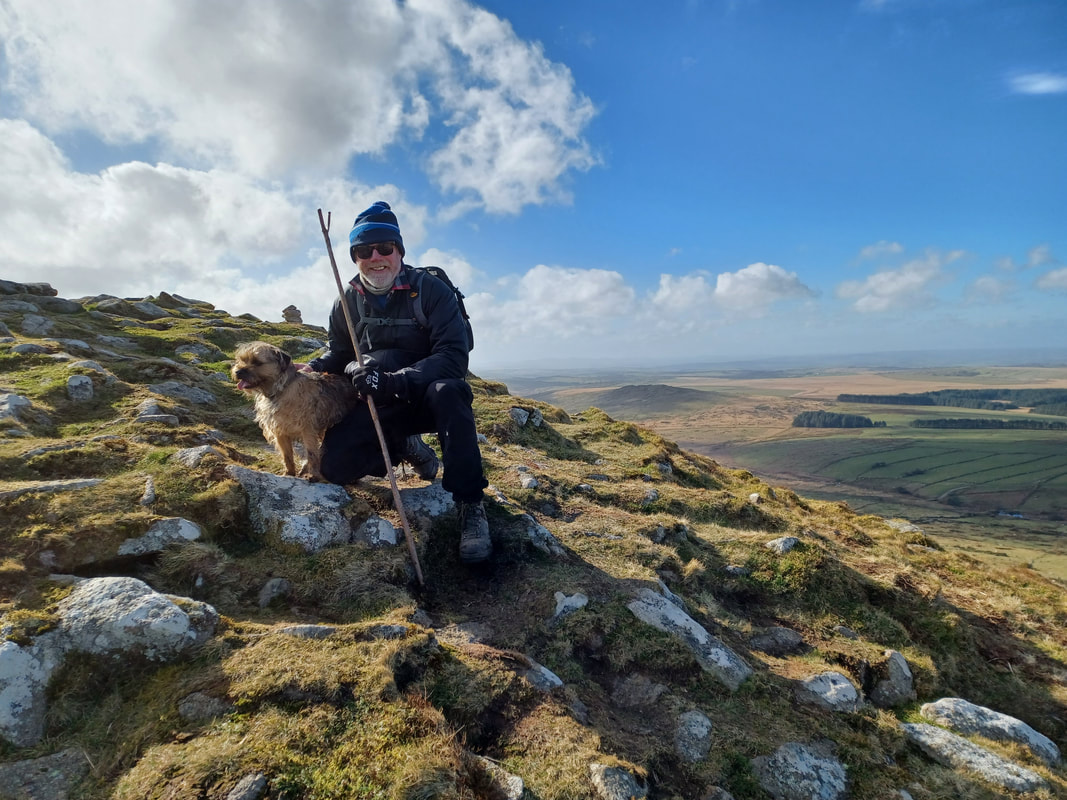 There are some days when all you need are a thumb stick, a good pair of walking boots and a dog to keep you company. At 52 years old the thumb stick now plays a major part of my walking componentry, literally a third leg! The history of the walking stick, the varieties, and usage is pretty fascinating and some very basic research will show you that they can be traced back to ancient Egypt. Between 3 - 6 feet and used purely as a symbol of power or prestige, by the 11th century Marie Antoinette would be seen with a shepherd's crook at special occasions and by the 15th to 18th century the walking stick is firmly placed amongst a fashion accessory amongst the ‘Upper Crust’ and accompanied with their own set of etiquette rules, like not brandishing it in the air or putting it under your arm, whilst I’m convinced that through the ages every shepherd in the world might be laughing at the spectacle, By the 19th century they could be now seen, or accepted as a walking aid, for the partially sighted or physically impaired, and by the 20th Century we can thank boxers like Chris Eubank for bringing the ornamental walking stick back into fashion, or Prince Charles seen walking with his Crook, dressed in full Harris Tweed. My personal usage of the thumbstick is firmly and happily rooted amongst the 19th century, a walking aid category, occasional pheasant shoot, beating stick or tripod for my air rifle. In general and not to ramble on about it but mine is the functional accessory of a man who’s eligible, yet still waiting for his SAGA catalogue. Lastly, and probably why I sought out my own from the hills above where we grew up in Sussex, my old man never left home for a dog walk without one. In fact when he passed away at 94, his trusty hazel thumbstick was cremated with him, so he's probably still walking somewhere now. Anyway, with my wife and lad away, I was a man with no commitments, no football or weekend cooking duties; the weekend my own. The day began heading out of Sennen for Bodmin Moor, extending my Radius and heading for Brown Willy (Bronn Wennili in Cornish) with trusty Border Terrier, Kylo. Brown Willy as it's commonly known is the highest point in Cornwall, and a Marilyn, at 1378ft (420metres) above sea level. What's Marilyn I hear you ask? A Marilyn is defined as a hill that is above 150m above sea level. The nearest to me is Watchcroft in the heart of the Mining World Heritage Site and overlooking the North Coast near Pendeen, Cornwall, and one of five in this county. If you choose to visit, the easiest way to find a 452m high hill in the heart of Bodmin Moor is head to Camelford on the A39 (the Atlantic Highway), drop down the High Street and turn right just after the Chip shop! Seriously, there is a lane on the right, head up there and keep going until you come to Rough Tor car park, a beautiful spot to get your flask out and have a cuppa right there. I would have boiled up a fresh cuppa on the stove but left that on the kitchen table, after we used it during the power cut caused by the recent Storm Eunice. Visitors could sit here and feel like you have checked out for the day, as the view in front is ShoweryTor and Rough Tor, and if you can only manage to walk to the latter peak then you will not be at all disappointed. Rough Tor, standing at 400m, is a spectacular rock formation with a 360 degree vista, and as beautiful as any I’ve seen around the world. The walk to Brown Willy is not a long walk as such, but it’s worth taking your time, it gets pretty boggy in places, and it’s a walk for a fine day, the clearer the better I reckon. Walking with a smile on my face and an overwhelming feeling of ‘this is f..king amazing’, we didn’t rush, we sat for a while between Rough Tor and Brown Willy, and while Kylo drank from the narrow 'De Lank' river that flows down through the valley, I had a swig of Lidls finest Spiced Rum from the hip flask. The second to last stile before heading up to the highest hill in Cornwall is a lovely spot, out of the wind down there, and very peaceful. My last visit was a wet and snowy one, enjoyable, but a very soggy December day, and visibility was not the greatest. In total contrast, this visit was a beautifully sunny February day, albeit a windy one with gusts of 40mph. In fact when reaching the top of Brown Willy it was pretty difficult to actually stand steady, it was howling, literally breathtaking. My thumbstick was firmly planted, propping me up as I took a couple of photos, but even holding the camera steady was impossible. My bobble hat (standard walking issue) blew off a couple of times so we got out of the wind and found a little shelter below the ‘summit’. Over another tot of rum, a bar of chocolate a buttered hot cross bun, and a handful of treats for Kylo, we soaked up the landscape that surrounds this iconic landmark, and came to the immediate conclusion that this place is nothing short of spectacular, if you like open vast spaces. The quarries off to the East glistened in the sun, and the endless farmland with patches of monoculture forestry breaking the expanse went as far as the eye could see. The China Clay Slag heaps way off to the South looked like a set of dark mountains and the Cornish stone hedges divide the land into healthy parcels, each field filled with arguably the healthiest, clean air breathing, free range sheep in the land. The remote farmhouse below seemd to be only linked to civilisation by the longest gravel lane, and the derelict barn, possibly shepherds' outpost, was a reminder of how isolated it must have been, working livestock on Bodmin Moor. That’s what I loved about it right there, the isolation. Only a few miles from the nearest manin road and town, local pub (where I sampled a post-walk pint), cafe, Co-op, and chip shop; Bron Wennili is there for everyone to enjoy, to get that piece of remoteness, that sense of immense space around you and have a good few moments of being completely in the present in the great outdoors. |
AuthorHi, I'm Russ Pierre, a Cyclist, Surfer and outdoor enthusiast. Please join me as I have some fun on my adventures and write about all the stuff that makes me tick. Archives
October 2023
|
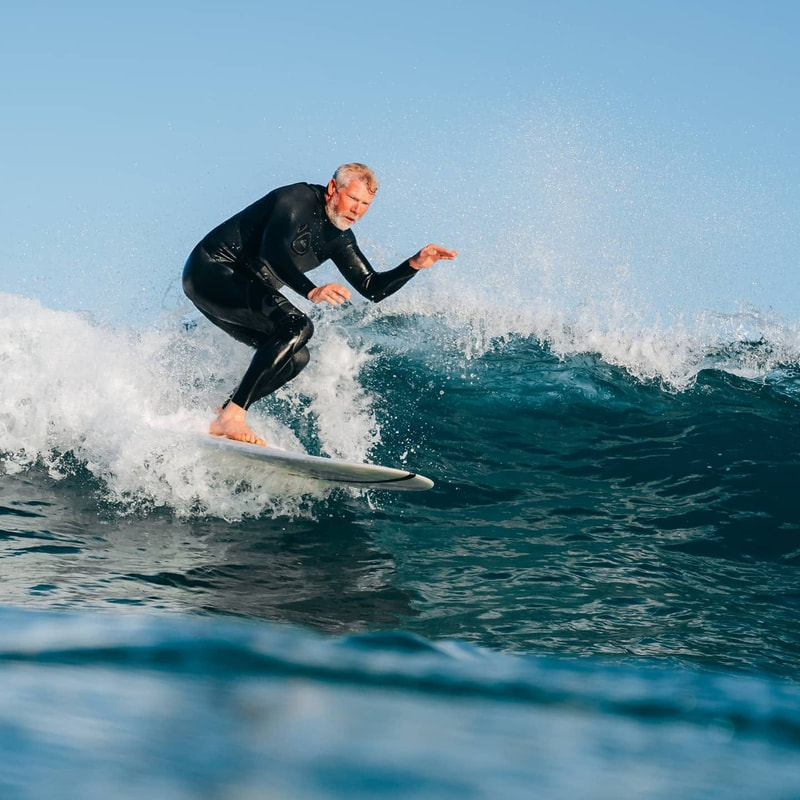
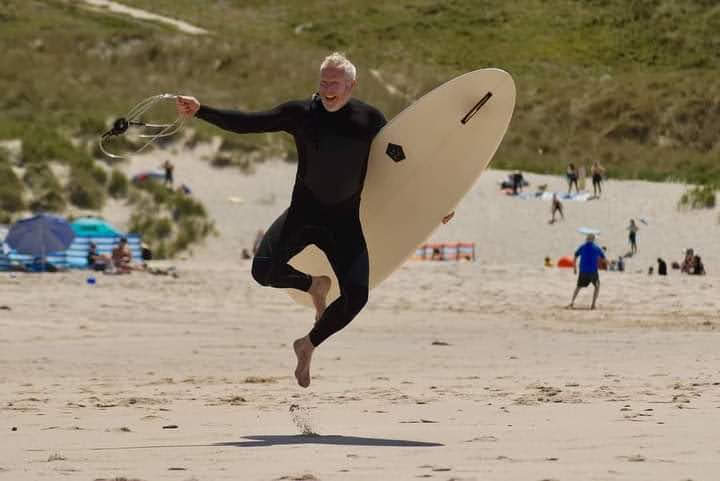
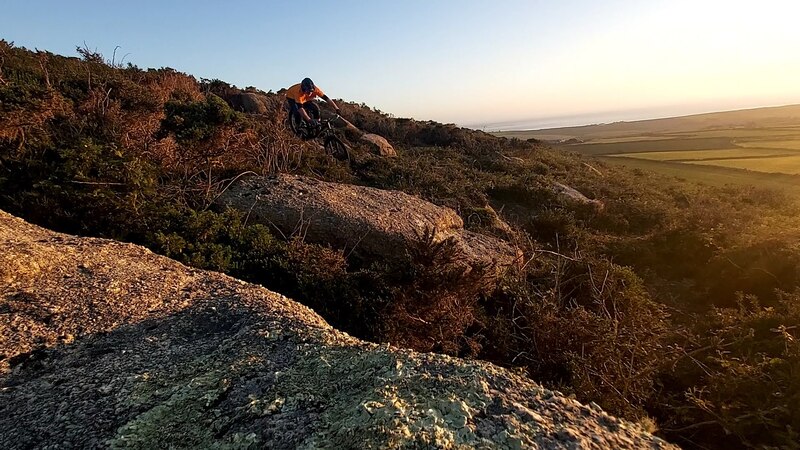
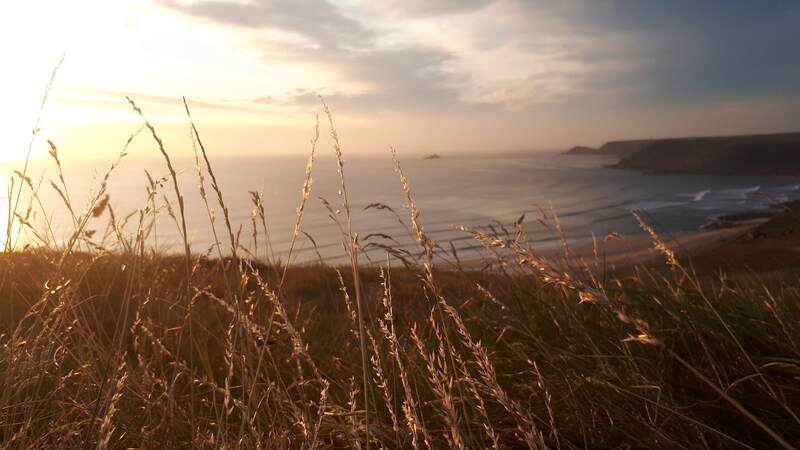
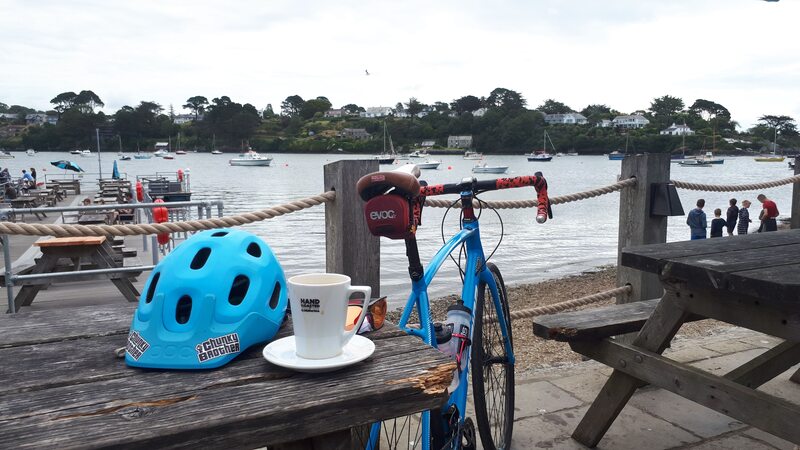
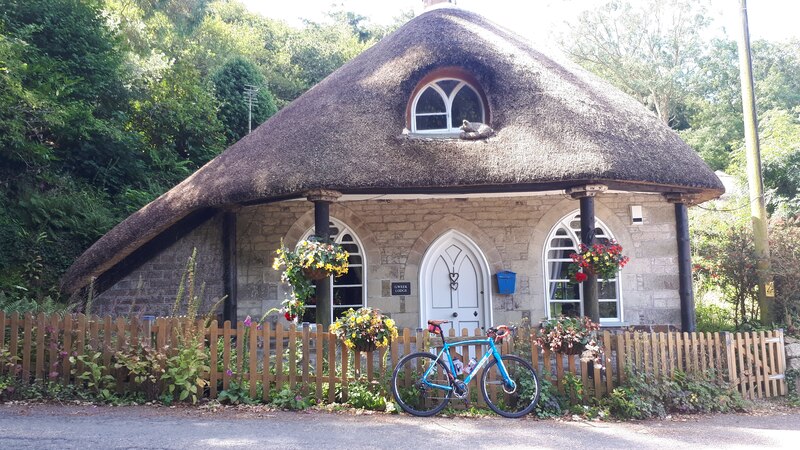
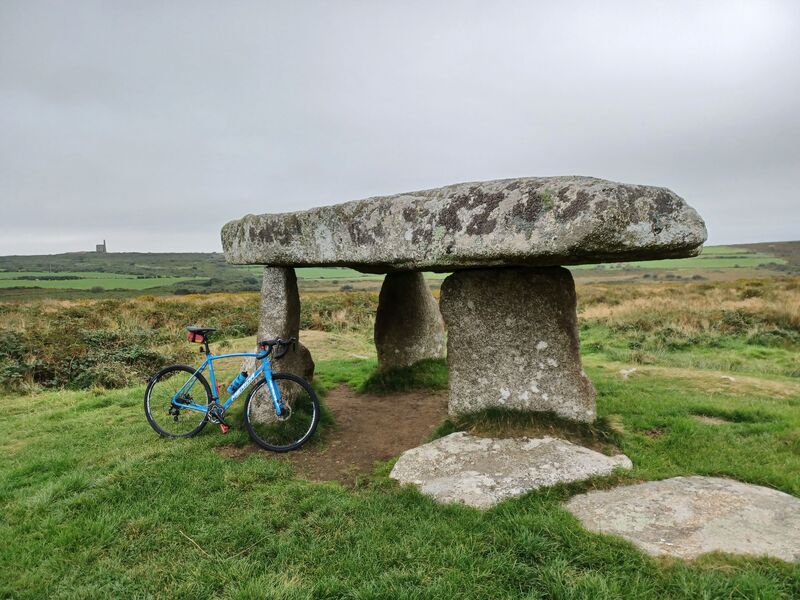
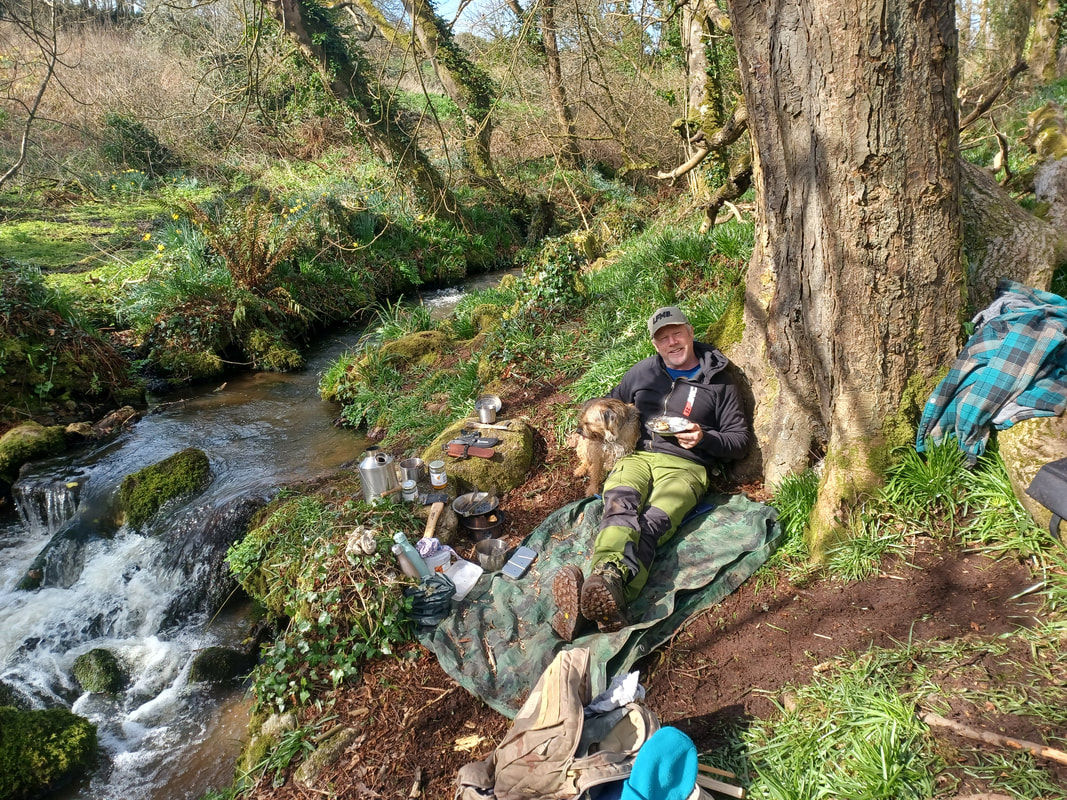
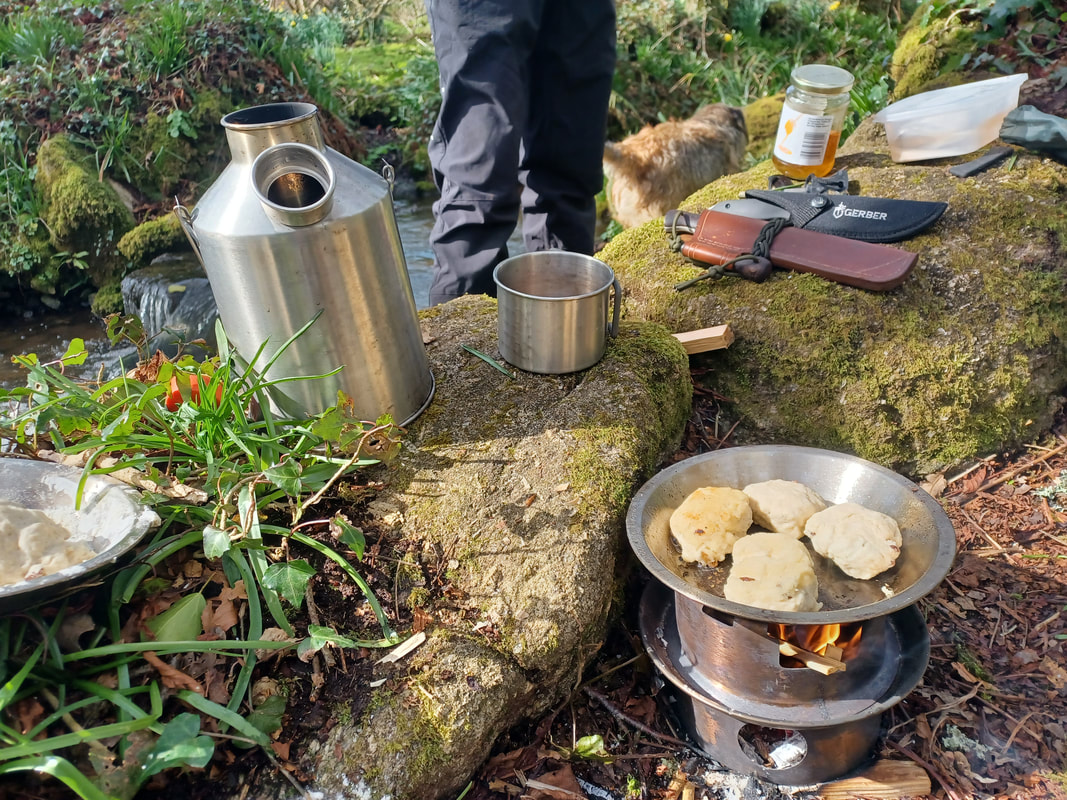
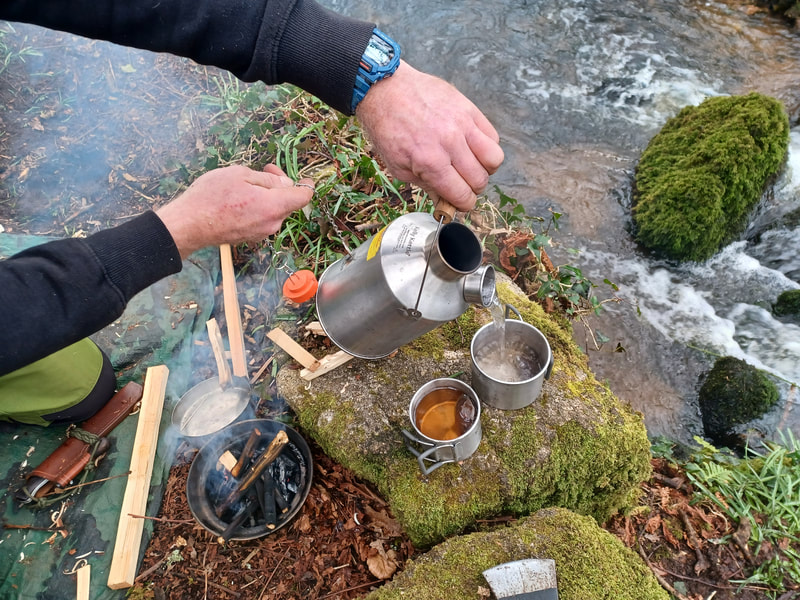
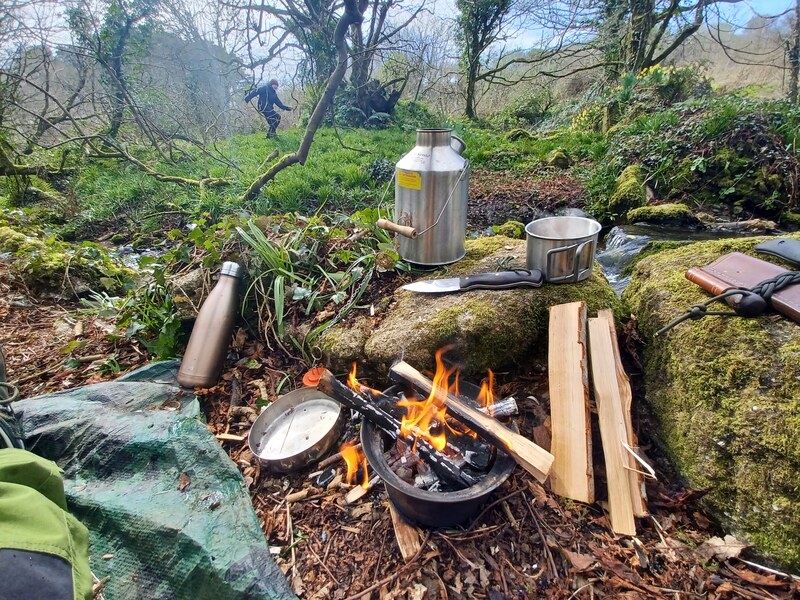
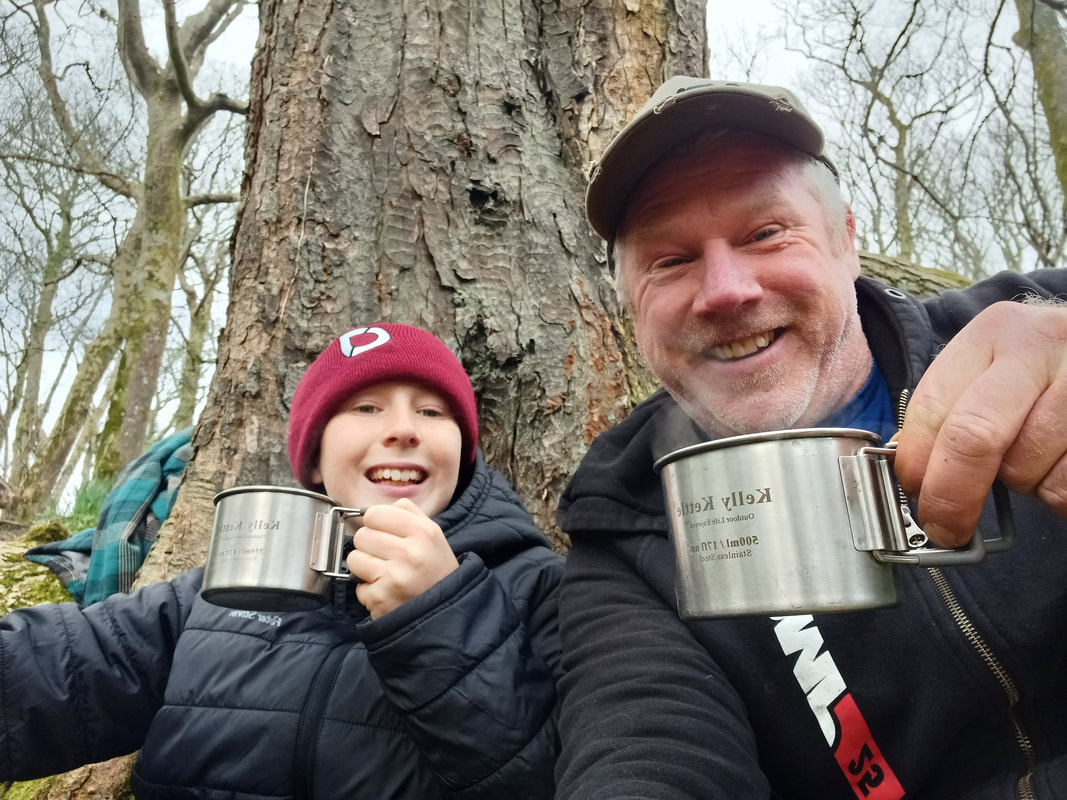
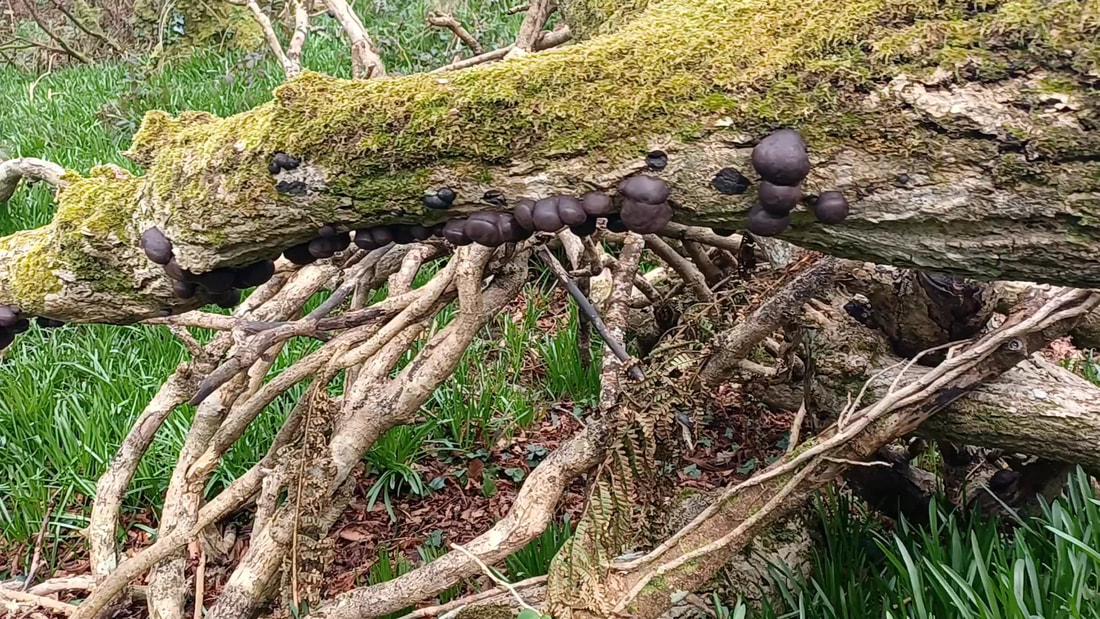
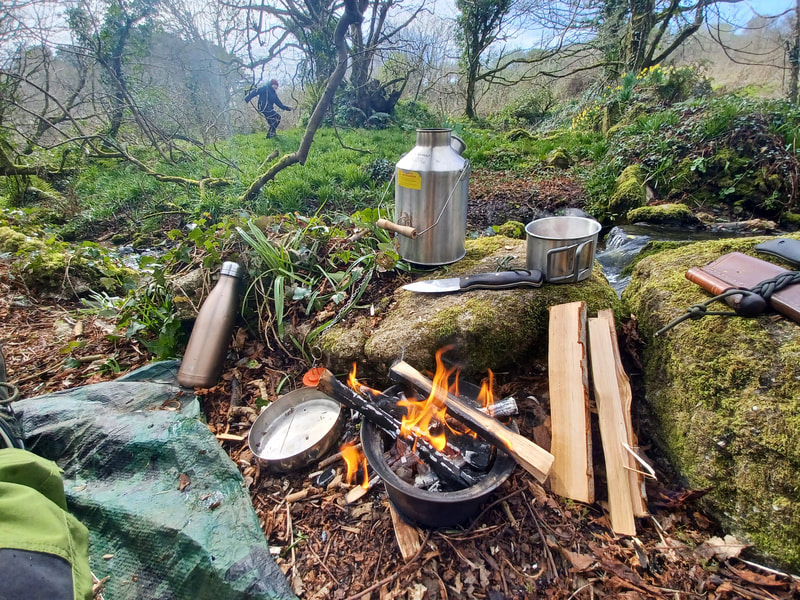
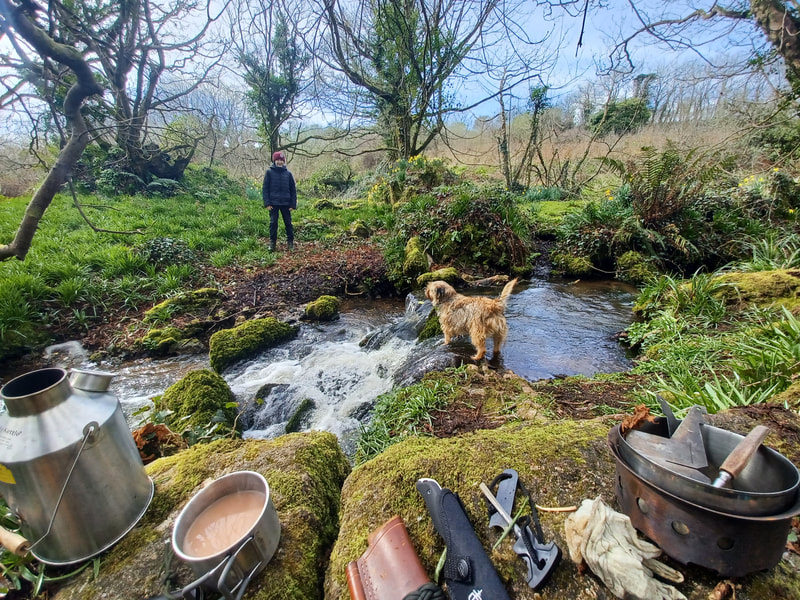
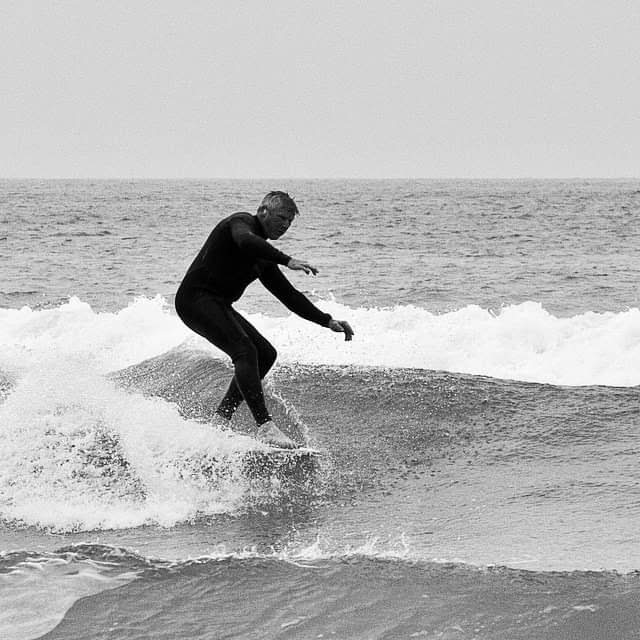
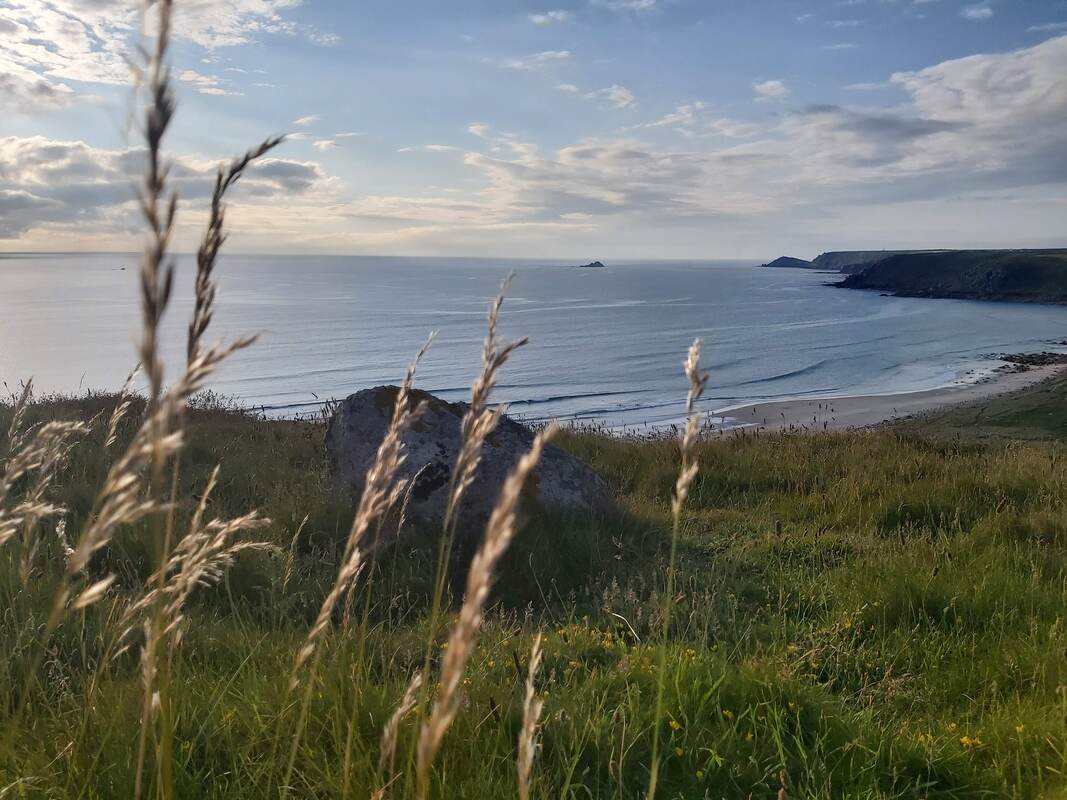
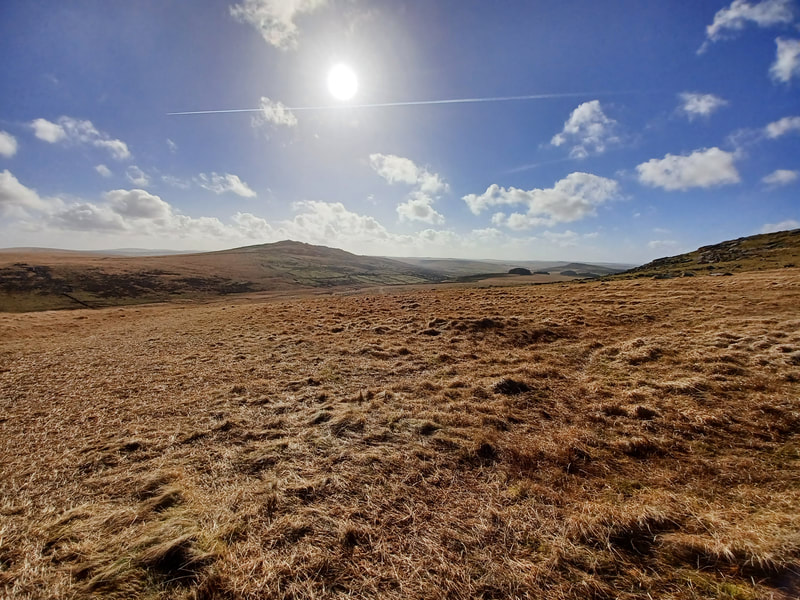
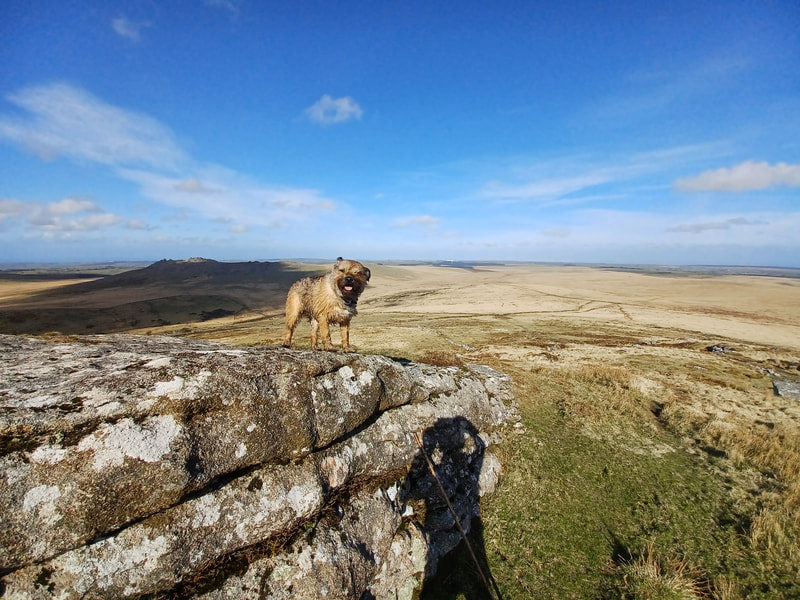
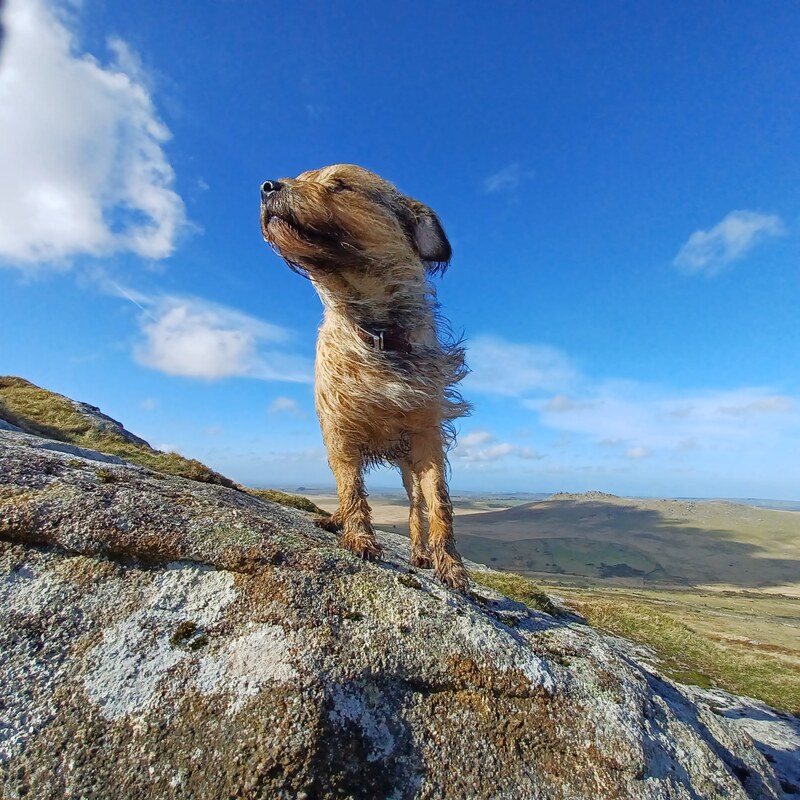
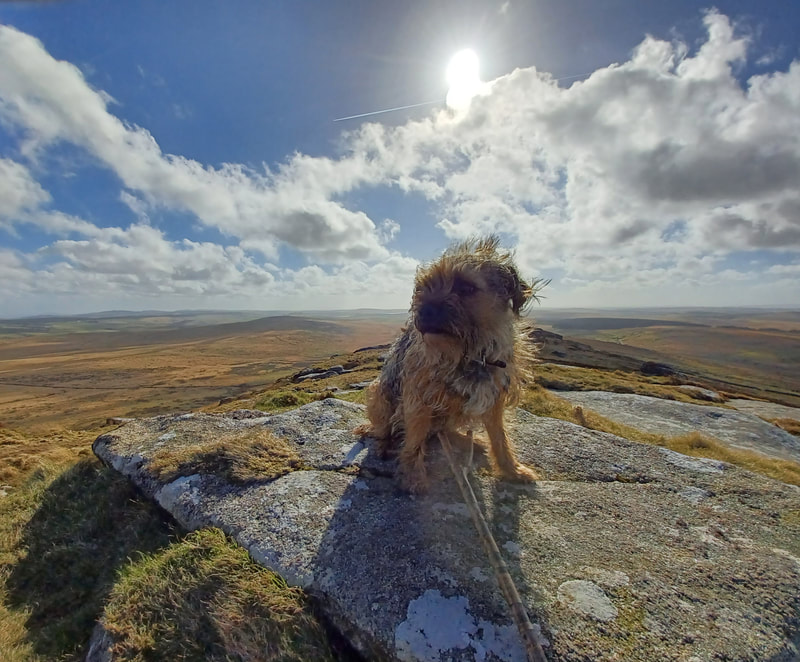
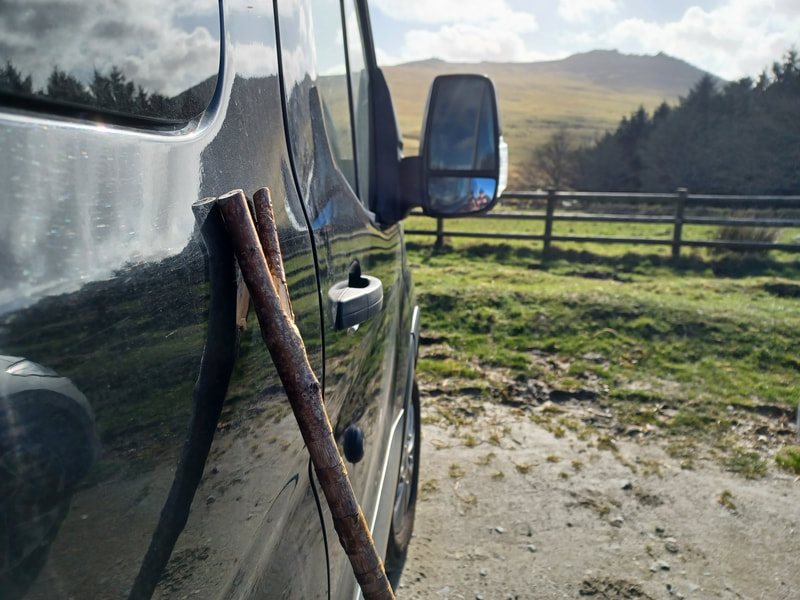
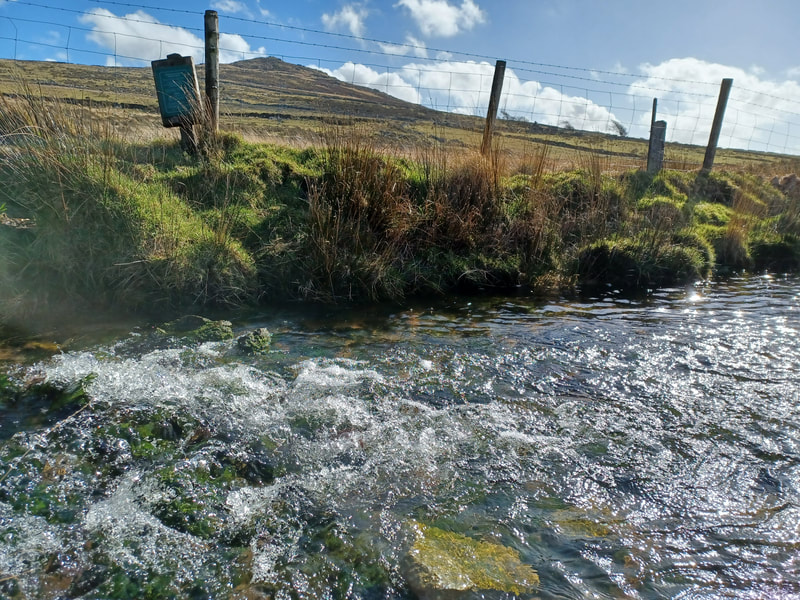
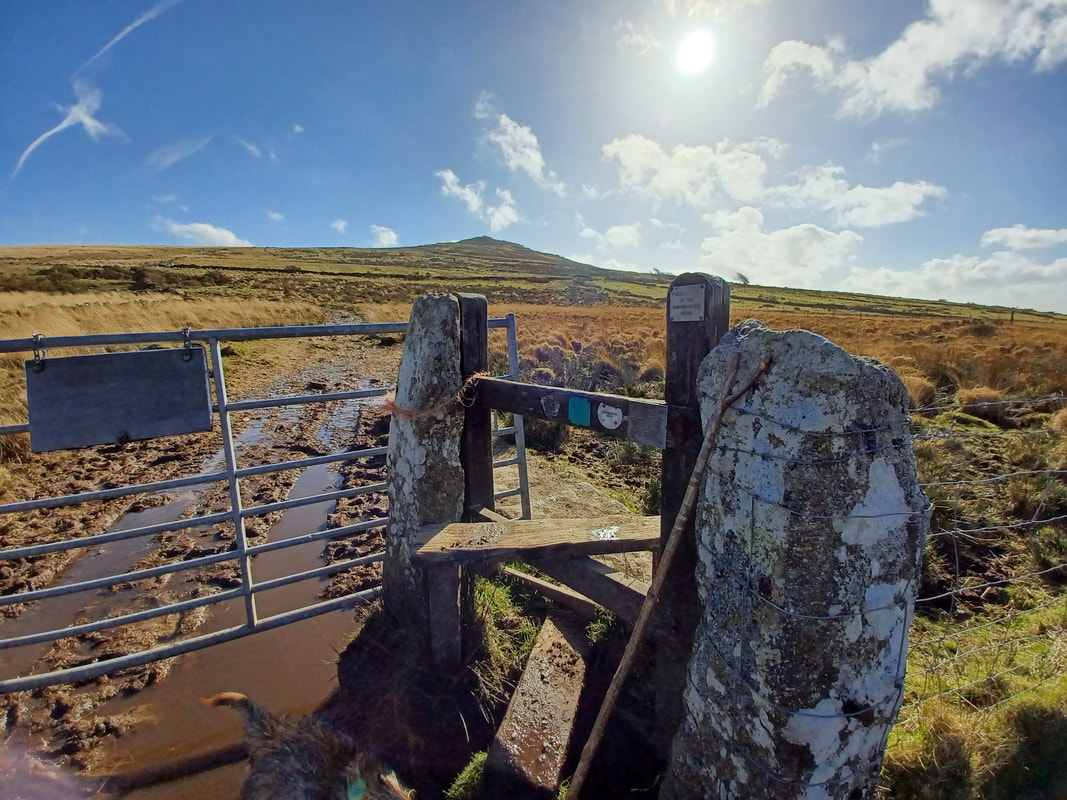
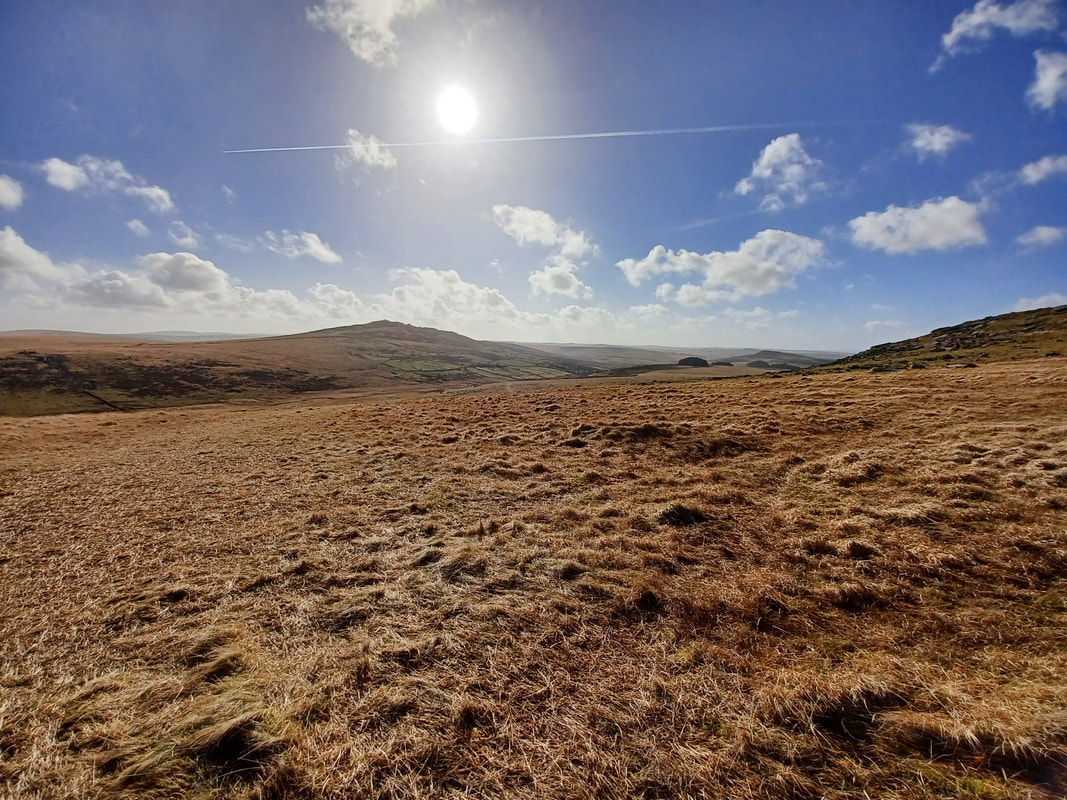
 RSS Feed
RSS Feed
